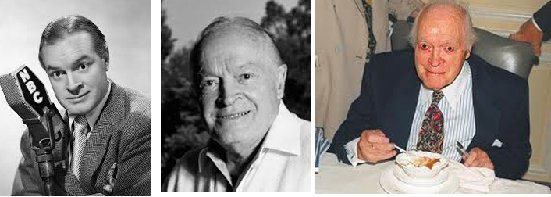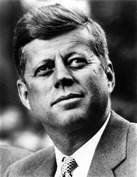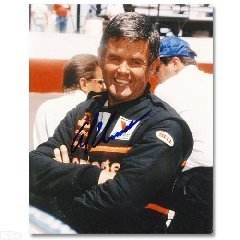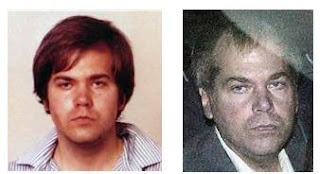A parade is a procession of people, usually organized along a street, often in costume, and often accompanied by marching bands, floats, or sometimes large balloons. Parades are held for a wide range of reasons, but are usually celebrations of some kind.
In British English, the term "parade" is usually reserved for either military parades or other occasions where participants march in formation; for celebratory occasions, the word procession is more usual. The term "parade" may also be used for multiple different subjects; for example, in the Canadian Armed Forces, "parade" is used both to describe the procession and in other informal connotations.
Protest demonstrations can also take the form of a parade, but such cases are usually referred to as a march instead.
Parade float
The parade float got its name because the first floats were decorated barges that were towed along the canals with ropes held by parade marchers on the shore. Floats were occasionally propelled from within by concealed oarsmen, but the practice was abandoned because of the high incidence of drowning when the lightweight and unstable frames capsized. Strikingly, among the first uses of grounded floats — towed by horses — was a ceremony in memory of recently drowned parade oarsmen. Today, parade floats are traditionally pulled by motor vehicles or are powered themselves.
Parade grand marshals
Multiple grand marshals may often be designated for an iteration of the parade, and may or may not be in actual attendance due to circumstances (including death). A community grand marshal or other designations may be selected alongside a grand marshal to lead the front or other parts of the parade.
Aircraft and boats
Since the advent of such technology, it became possible for aircraft and boats to parade. A flypast is an aerial parade of anything from one to dozens of aircraft, both in commercial context at airshows and also to mark important dates, such as national days or significant anniversaries. They are particularly common in the United Kingdom, where they are often associated with Royal occasions. Similarly, for ships, there may be a sail-past of, e.g., tall ships (as was seen during Trafalgar 200) or other sailing vessels as during the celebrations of the 60th anniversary of World War II.
Longest parade
The longest parade in the world is the Hanover Schützenfest that takes place in Hanover every year during the Schützenfest. The parade is 12 kilometres (7.5 mi) long with more than 12,000 participants from all over the world, among them more than 100 bands and around 70 floats and carriages.
Historical parades
To celebrate the federal government's victory in the American Civil War, 145,000 Union soldiers marched in a two-day Grand Review of the Armies in Washington, D.C. They passed before the President, the Cabinet, and senior officers from May 23–24, 1865.
At the end of hostilities in Europe in 1944–45, "victory parades" were a common feature throughout the recently liberated territories. For example, on 3 September 1944, the personnel of the 2nd Canadian Infantry Division marched six abreast to the music of massed regimental pipe and drum bands through the streets of Dieppe, France, to commemorate the liberation of the city from German occupation, as well as commemorate the loss of over 900 soldiers from that formation during the Dieppe Raid two years earlier. On the Moscow Victory Parade of 1945 held in Moscow, Soviet Union in June 1945, the Red Army commemorated Victory in Europe with a parade and the ceremonial destruction of captured Wehrmacht and Waffen-SS standards.
Here is my grandson Tucker 7 years ago in the Grants Pass parade.. he is second from right playing drums....
- 1 egg
- 1 tablespoon milk
- 1 cup corn flake crumbs or finely crushed cornflakes
- 1/8 teaspoon thyme leaves
- 1/2 teaspoon salt
- 1/4 teaspoon black pepper
- 4 boneless, skinless chicken breast halves (1 to 1-1/2 pounds)
- 2 teaspoons olive oil
- 2 teaspoons butter
- Preheat the oven to 425º.
- In a small bowl, beat the egg and milk; set aside. In a shallow dish, combine the corn flake crumbs with thyme, salt, and pepper; set aside. Dip the chicken breast halves in the egg mixture, one at a time, then coat completely with the cornflake crumb mixture.
- Grease a baking sheet with the olive oil; lay the chicken breasts on the baking sheet and dot with butter. Bake for about 15-20 minutes, or until no pink remains.
Each year in the United States, Americans observe the Federal holiday, Memorial Day, the last Monday in May. It honors and remembers all men and women who have died while serving in the United States Armed Forces. Memorial Day is also a day to remember all loved ones who have passed away.
Traditionally on Memorial Day, the flag of the United States of America is raised briskly to the top of the staff then solemnly lowered to the half-staff position where it remains until noon. At noon, it is then raised to full-staff for the remainder of the day.
When the flag is at half-staff, the position is in remembrance of the more than one million men and women who gave their lives for their country. Raising the flag at noon signifies the nation lives, that the country is resolved not to let their sacrifice be in vain but to rise up in their honor and continue to fight for liberty and justice for all.
In the United States, Memorial Day also traditionally marks the beginning of summer.
HOW TO OBSERVE
Attend Memorial Day services in your community. In your own way, pay tribute in remembrance of service members who have died while serving. Visit a veterans’ cemetery to honor those who’ve impacted your life.
MEMORIAL DAY HISTORY
Honoring the men and women who have died while serving in the military, communities, individuals, and organizations have kept Memorial Day in various forms in the United States since the end of the Civil War. General John Logan first called for a nationwide day of remembrance on May 5, 1868. The observance was called Decoration Day, and it was observed on May 30th, 1868.
Decoration Day
General James Garfield spoke at Arlington National Cemetery with Generals Grant, Howard, Logan, Pane, Wool, and Hancock in attendance. Volunteers also decorated the graves of 20,000 Union and Confederate soldiers.
Across the country, humble tributes occurred on that first Decoration Day. Just outside Fort Stevens near Washington, D.C., there was a small cemetery where 40 soldiers were buried, one of whom belonged to a widow from Northern Vermont. He was one of three sons she lost to the war. On Decoration Day, she went to the cemetery carrying 40 wreaths for 40 graves.
Someone placed a laurel wreath upon the head of a Lincoln statue at City Hall, Washington, D.C.
In Cincinnati, Hamilton and Dayton Railroads transported passengers to the Spring Grove Cemetery. As a tribute, communities displayed flags at half-mast along the routes. More volunteers placed floral wreaths on the soldiers’ graves, and speeches were made. Many of the first Decoration Days recognized only the Union soldiers. However, other events included the Confederate soldiers as well. Over time, the day grew to include all those soldiers lost during the conflict.
Decoration Day gradually became known as Memorial Day and now honors all U.S. service members who have died during a military conflict. Memorial Day continued to be observed on May 30th for many years. Then, in 1968, Congress passed the Uniform Monday Holiday Act of 1968. Since 1971, Memorial Day has been observed the last Monday of May.














No comments:
Post a Comment